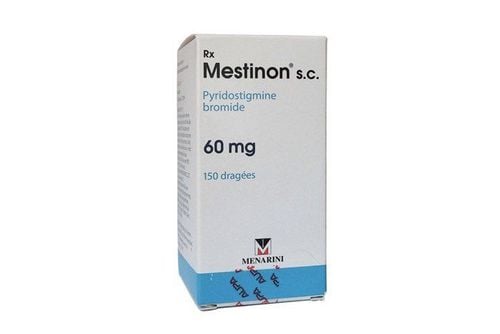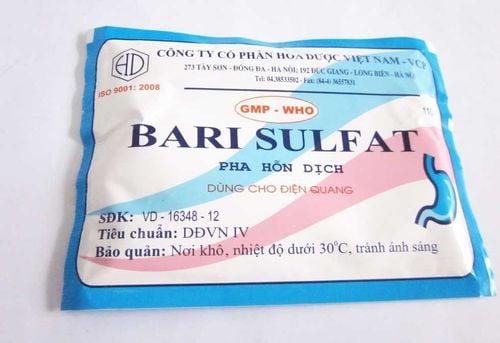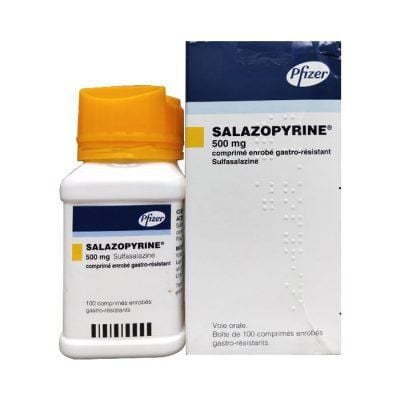This is an automatically translated article.
The article was professionally consulted by Specialist Doctor I Tran Quoc Vinh - Emergency Doctor - Department of Resuscitation - Emergency - Vinmec Nha Trang International General Hospital.Appendicitis is a common acute illness. Accordingly, appendicitis can occur in many different subjects and each disease has its own signaling symptoms. If appendicitis is not examined and treated promptly, it can seriously affect health, even death.
1. What is appendicitis?
The appendix is a small, finger-shaped tube located at the base of the cecum, near the junction between the small intestine and the right colon. The appendix plays an important role in immunity against infections in the gastrointestinal tract involving the lymphatic system in the appendix, and the lumen of the appendix also contains beneficial intestinal bacteria, but almost none. What is the role of digestion? When inflamed, the appendix swells and fills with pus, which is a surgical emergency that requires prompt surgical removal. If not treated promptly, the appendix can rupture or perforate and cause an infection in the abdominal cavity, which can lead to sepsis and death.Signs of appendicitis are abdominal pain, dull pain in the right iliac fossa, increasing pain, fever 38 - 39oC, rapid pulse, nausea and vomiting, loss of appetite, digestive disorders (diarrhea, apple fertilizer..); Physical examination revealed signs of peritonitis in the abdomen in the right iliac fossa, depending on the severity of the peritonitis, such as: increased skin sensation (touching the skin is painful), abdominal wall resistance (light pressure through the skin). - Fat touches the abdominal wall muscles causing pain, muscle spasms also known as spasms of the abdominal wall), abdominal wall reaction (pain when pressing the abdominal wall muscle layer down), Blumberg reflex (pressing down until the pain stops) On the other hand, sudden release of the hand causes intense pain (also known as Schotskin-Blumberg). The Macburney pain point (which is the third point lateral to the junction of the right anterior superior iliac spine) or Lanz (the right lateral 1/3 junction of the anterior superior iliac spine) is also typical of inflammatory bowel disease. redundant. Rovsing's sign (pressing the left iliac fossa 14 and causing pain in the 4 right iliac fossa) is also a sign that helps diagnose appendicitis in the case of little or no right iliac fossa pressure. pain but still suspected appendicitis. Rectal or vaginal examination may note right-sided pain. Laboratory results show increased white blood cells, increased inflammatory response CRP or increased CRP hs. Ultrasound and/or CT scan of the abdomen can show the severity and extent of appendicitis.
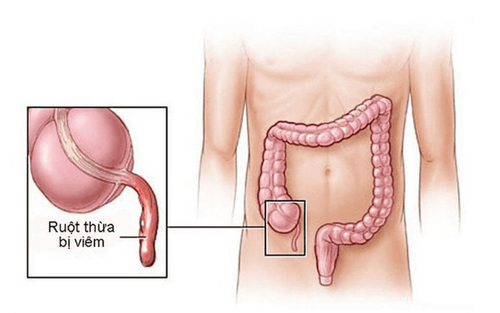
2. What causes appendicitis?
Causes of appendicitis include:
Obstruction of the appendix (due to roundworms, pinworms entering the lumen of the appendix, stones, appendicitis, or appendiceal flexion due to adhesions or ligaments); The lymphatic cyst system is enlarged, causing obstruction of the appendix's mouth; Appendiceal vascular obstruction, Appendiceal infection; ..
3. Common types of appendicitis
3.1 Toxicity of appendicitis
This is a localized or diffuse necrosis of the appendix caused by anaerobic bacteria. Toxic effects of appendicitis have extensive systemic signs but subtle abdominal signs. If this case is not detected and treated with timely appendectomy, it can lead to death. On circulation, small pulse, fast > 120 times/minute, sometimes not caught; followed by a drop in blood pressure and a heart attack.About breathing, the patient has symptoms of shortness of breath, irregular breathing. Patients with mild fever or hypothermia, rarely have high fever, malaria shivering, face lethargy, cyanosis, sunken eyes, purple and cold extremities. Abdominal symptoms are not obvious, the abdomen is flattened or slightly distended, the manipulation is not severe pain, the abdominal wall reaction is difficult to see, and the abdominal wall is not rigid. Rectal examination was normal. Common in elderly, immunocompromised.
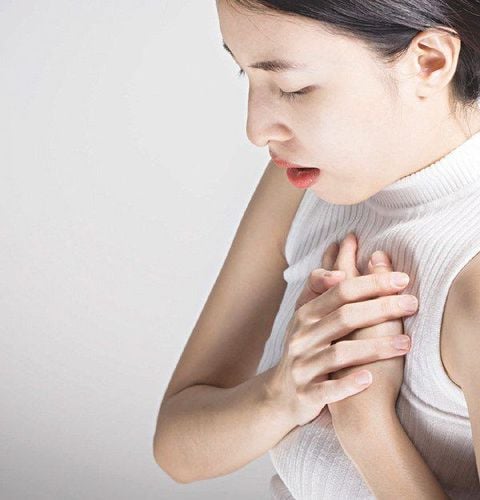
3.2 Appendicitis in nursing infants
The disease often has a rapid deterioration because in this age group the body's resistance to infections is low. The disease is difficult to diagnose because the child has abdominal pain, but it is difficult to recognize the pain point, intensity and duration of pain. Children with symptoms of vomiting, abdominal distension, may have diarrhea. Most of the cases have a high fever above 39oC.3.3 Appendicitis in children
The clinical course of the disease is bad and fast, with early symptoms of peritonitis. The most common fact is that the pathology has two phases: first, there are symptoms of acute appendicitis with little signs of peritonitis, then remission, quiet; the second is generalized peritonitis, the whole condition rapidly deteriorates within a few hours, so it is very dangerous if not treated promptly.
3.4 Appendicitis in pregnant women
Appendicitis in pregnant women is rare but more difficult to detect than in normal women. In the first 3 months of pregnancy, the symptoms of vomiting due to appendicitis are easily confused with morning sickness. Appendicitis in pregnant women progresses rapidly to necrosis, so it is necessary to diagnose and appoint early surgery to ensure the life of mother and fetus.

3.5 Appendicitis in the elderly
This is also a rare case, the diagnosis is a bit difficult and the surgical intervention is often delayed because the initial symptoms are often vague and less obvious. Appendicitis in the elderly has a higher mortality rate than the younger people because in the elderly, appendicitis is often associated with many other diseases such as lung, heart, endocrine, ... so it has also contributed. increase mortality.
3.6 Intestinal Obstructive Appendicitis
It may be because the appendix is located in the mesentery before or behind the ileum or because the terminal loops of the small intestine are attached to the appendix, causing pus. Bowel obstruction syndrome develops slowly with high fever above 39oC; little pain, unusual constipation, abdominal distension. Unprepared X-ray showed air bubbles, small water levels in the pelvis or ileal air bubbles but no air bubbles in the right colon. Diagnosis is confirmed by CT scan of the abdomen with contrast.

3.7 Retrocecal appendicitis
Pain is deviated and spreading to the back, sometimes pain in the right lumbar fossa, pain is felt at the point above the right iliac crest, the right leg contracts due to the stimulation of the pelvic muscle, the patient cannot extend the leg because of the pain.
3.8 Appendicitis in the pelvis
Appendicitis in the pelvis often has symptoms of urinary frequency and pain. Easily confused with a urinary infection or gynecological pathology. On rectal examination, Douglas' pouch was painful, sometimes a small mass was palpable in the right wall of the rectum.
3.9 Subhepatic appendicitis
Because the appendix has not turned completely, carrying the colon, the appendix is located just below the liver. Symptoms are similar to acute cholecystitis, right upper quadrant pain, fever, gallbladder stiffness (especially in the elderly) but no yellowing of the skin or eyes.
3.10 Appendicitis in hernia capsule
The drainage sac is painful like a strangulated inguinal hernia.
3.11 Parasitic appendicitis
Common in patients with worms and inadequate deworming or not regularly deworming. Patients often have severe pain in the right iliac fossa, with mild or no fever symptoms, and the abdominal wall is still soft.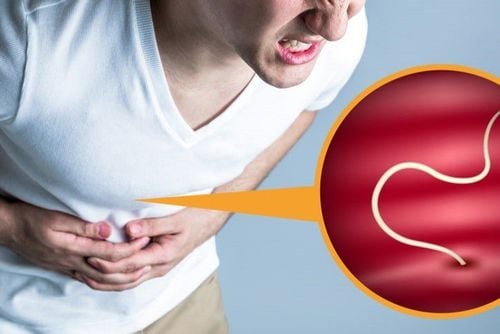
3.12 Amoebic appendicitis
Rare and common in patients with amoebic dysentery. The diagnosis is difficult because it is easily confused with cecal inflammation.
3.13 Tuberculous appendicitis
The patient's progress is slow, pain and right iliac fossa reaction is not obvious, appendix surgery shows large swelling, scattered white grains, many mesenteric lymph nodes, yellow fluid in the abdomen.
3.14 Appendicitis due to typhoid
Very rare. Clinical presentation with symptoms similar to that of normal appendicitis, may occur in the third week of disease course. In a patient with typhoid fever, if you feel pain in the right iliac fossa, there is a little reaction to the abdominal wall, the abdomen swells, the pulse increases faster, the white blood cells do not decrease but increase, the whole condition collapses quickly... need to think right away. to appendicitis.

3.15 Immediate appendicitis
Usually occurs very suddenly, without manifestations of classic appendicitis, the patient has severe pain around the navel, epigastrium, right iliac fossa. When turning, coughing or lightly touching the abdominal wall also feels pain. There are symptoms of high fever, collapse, then abdominal cramps, but the most severe is in the right iliac fossa.
Vinmec International General Hospital is the address for examination, treatment and prevention of diseases. When performing the examination process at Vinmec, customers will be welcomed and used the modern facilities and machinery system along with perfect medical services under the guidance and advice of the doctors. Good doctors, well-trained both at home and abroad.
Please dial HOTLINE for more information or register for an appointment HERE. Download MyVinmec app to make appointments faster and to manage your bookings easily.





